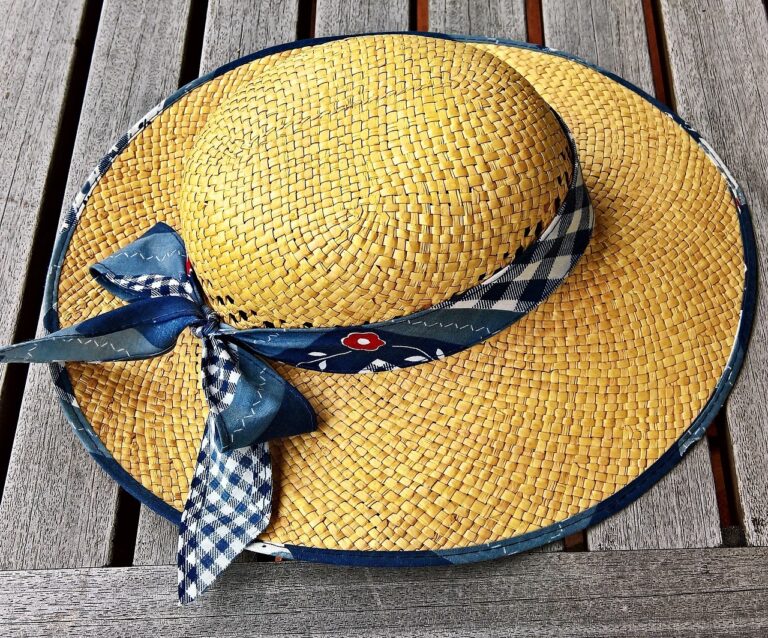Pattern Making for Sustainable Streetwear: Eco-Friendly Design Solutions: Betbook250 login, 11xplay pro, Yolo247.com login
betbook250 login, 11xplay pro, yolo247.com login: Pattern Making for Sustainable Streetwear: Eco-Friendly Design Solutions
In the fast-paced world of streetwear fashion, designers are constantly seeking ways to stay ahead of the curve. One trend that has been gaining traction in recent years is sustainable design. As consumers become more conscious of the impact their fashion choices have on the environment, there is a growing demand for eco-friendly clothing options. Pattern making plays a crucial role in creating sustainable streetwear, as it dictates the shape and structure of the garments. Here are some eco-friendly design solutions to consider when creating patterns for sustainable streetwear:
1. Utilize Sustainable Fabrics
One of the easiest ways to make your streetwear designs more eco-friendly is by using sustainable fabrics. Look for materials that are made from organic cotton, hemp, bamboo, or recycled fibers. These fabrics are not only better for the environment, but they also tend to be more durable and comfortable to wear.
2. Reduce Fabric Waste
When creating patterns for your streetwear designs, try to minimize fabric waste as much as possible. This can be achieved by carefully planning the layout of your pattern pieces on the fabric to ensure that you are using the material efficiently. You can also consider using zero-waste pattern cutting techniques to further reduce waste.
3. Opt for Minimalist Designs
Another way to make your streetwear designs more sustainable is by opting for minimalist designs. By simplifying the silhouette and reducing the number of seams and details, you can minimize the amount of fabric and resources required to create the garment. Plus, minimalist designs have a timeless quality that can help prolong the life of the garment.
4. Experiment with Upcycling
Upcycling is a great way to breathe new life into old garments and reduce waste. When creating patterns for your streetwear designs, consider incorporating upcycled materials such as vintage denim, old t-shirts, or discarded fabrics. Not only does upcycling help to reduce the environmental impact of fashion production, but it also adds a unique and personal touch to your designs.
5. Consider Modular Design
Modular design is a concept that involves creating garments with interchangeable components that can be mixed and matched to create different looks. By designing your streetwear pieces in a modular fashion, you can extend the lifespan of the garment and reduce the need for multiple items in a wardrobe. This approach also allows for easier repairs and alterations, further increasing the longevity of the garment.
6. Embrace Digital Pattern Making
Digital pattern making software can be a valuable tool for creating sustainable streetwear designs. By working digitally, designers can easily adjust and manipulate patterns without the need for physical prototypes, reducing waste and speeding up the design process. Digital pattern making also allows for more accurate and consistent results, leading to a better-fitting garment.
7. Partner with Sustainable Manufacturers
When it comes time to produce your sustainable streetwear designs, be sure to partner with manufacturers who share your commitment to eco-friendly practices. Look for factories that prioritize ethical labor practices, use environmentally friendly production processes, and are transparent about their sourcing and manufacturing methods.
FAQs
Q: How can I make my streetwear designs more sustainable?
A: Some ways to make your streetwear designs more sustainable include using sustainable fabrics, reducing fabric waste, opting for minimalist designs, experimenting with upcycling, considering modular design, embracing digital pattern making, and partnering with sustainable manufacturers.
Q: What are some sustainable fabrics I can use?
A: Sustainable fabrics include organic cotton, hemp, bamboo, and recycled fibers. These materials are better for the environment and offer many benefits, such as durability and comfort.
Q: How can I reduce fabric waste in my designs?
A: To reduce fabric waste, carefully plan the layout of your pattern pieces on the fabric, use zero-waste pattern cutting techniques, and consider modular design to extend the lifespan of the garment.
Q: Why is sustainable design important in streetwear fashion?
A: Sustainable design in streetwear fashion is important because it helps reduce the environmental impact of the industry, promotes ethical practices, and meets the growing demand for eco-friendly clothing options.
In conclusion, pattern making plays a crucial role in creating sustainable streetwear designs. By incorporating eco-friendly design solutions such as utilizing sustainable fabrics, reducing fabric waste, opting for minimalist designs, experimenting with upcycling, considering modular design, embracing digital pattern making, and partnering with sustainable manufacturers, designers can create stylish and environmentally conscious streetwear pieces that resonate with today’s eco-conscious consumers.







